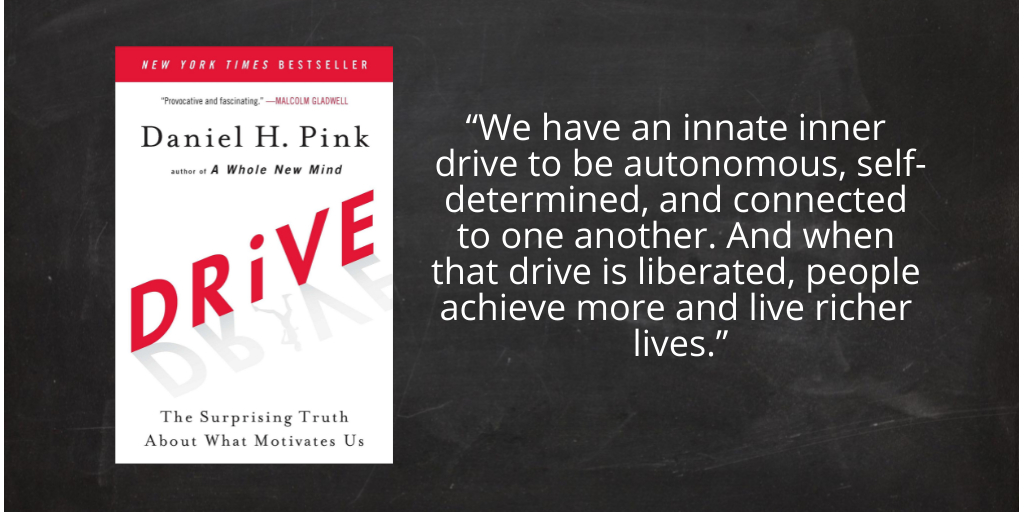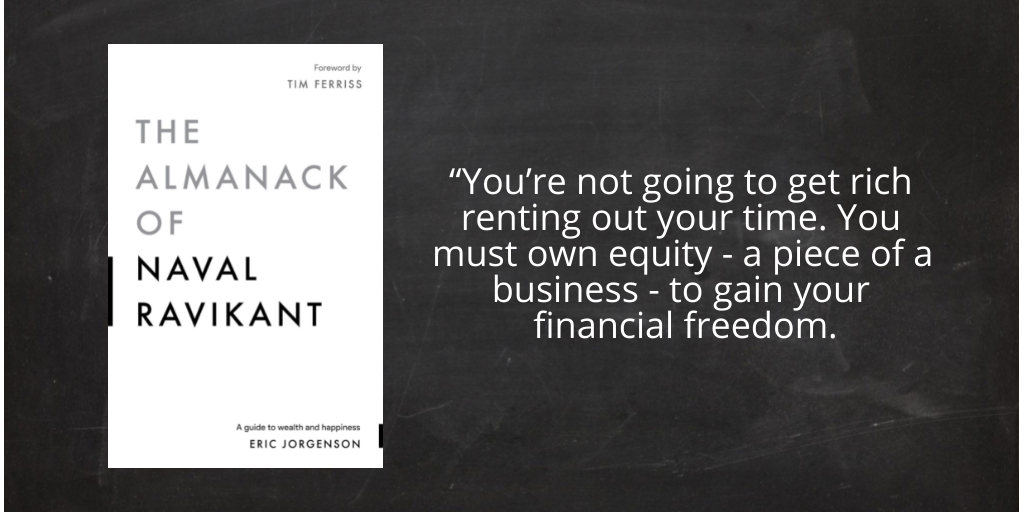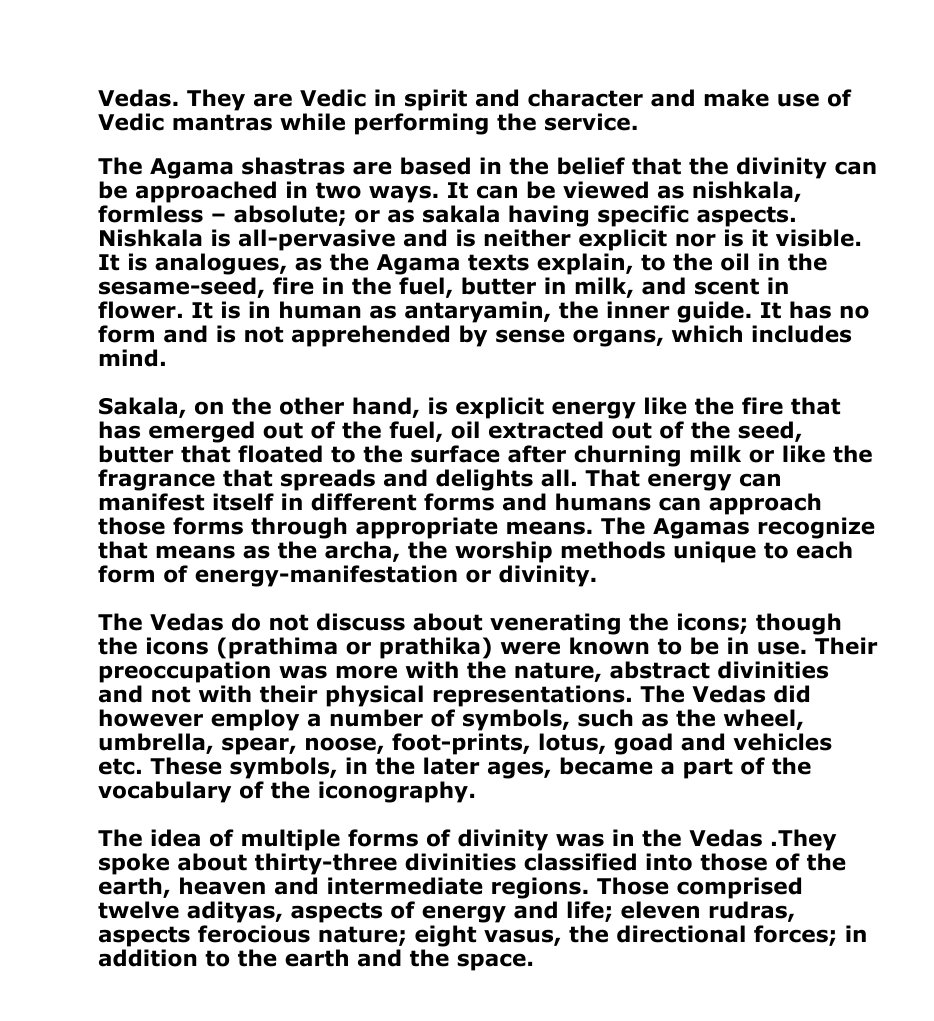@dmuthuk @unseenvalue @nishkumar1977 @connectgurmeet @ishmohit1 if you find it useful, kindly like or RT so that it reaches the wider audience.
My daughter has just finished reading 'Atomic Habits' and I have started to observe a few changes in her behavior, most notably, she is now better prepared for Sat 7AM swim session. Her swim bag and costume are right by her bedside the night before. I was impressed by this tiny
@dmuthuk @unseenvalue @nishkumar1977 @connectgurmeet @ishmohit1 if you find it useful, kindly like or RT so that it reaches the wider audience.
Lesson 1: Tiny changes lead to big improvements
“Atomic habits” is all about showing how small and seemingly unimportant changes and adjustments can lead to a massive
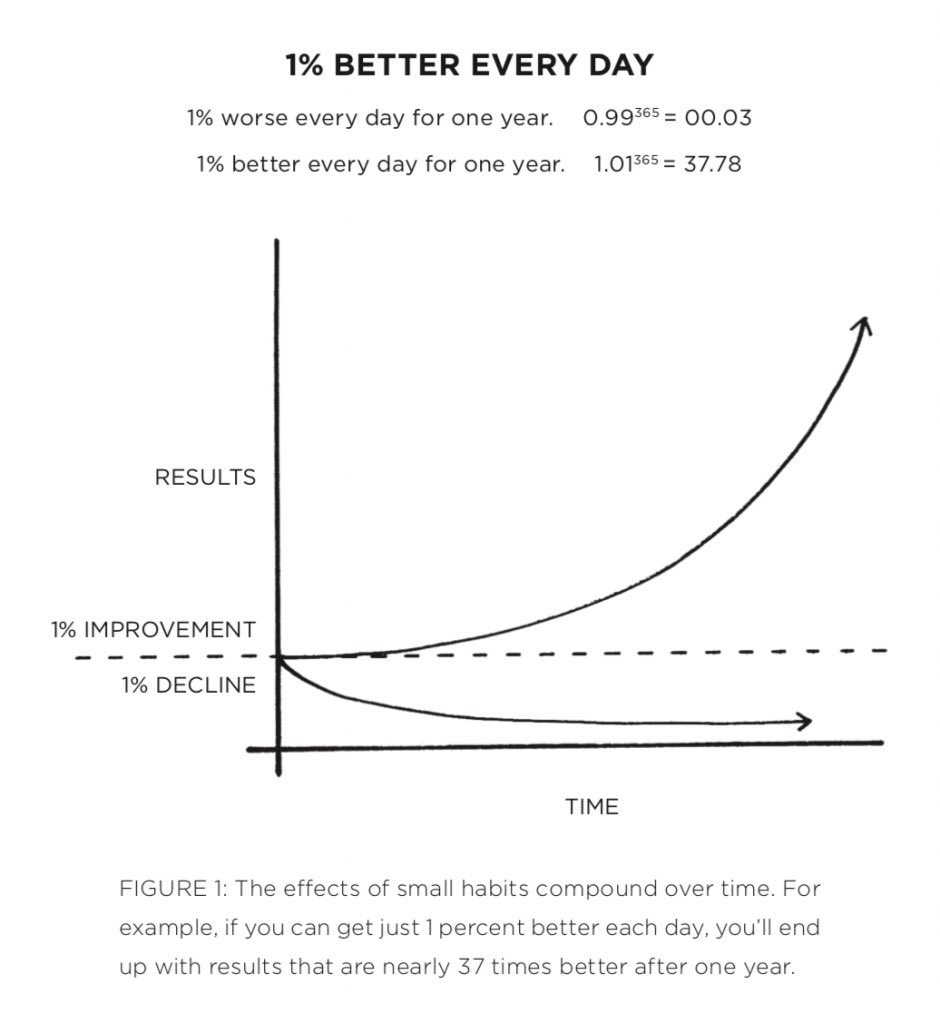
When we repeat 1% improvement, day after day, our small choices compound into significant improvements.
Success is the product of daily habits, not once-in-a-lifetime transformations.
After the 2nd world war, Japan started using a philosophy called ‘Kaizen’ that seeks to achieve small, incremental improvements in processes in order to improve efficiency and quality in personal or professional life.
These small incremental changes add
Essence to building a new habit or bringing in improvement in any areas in your personal/professional life is to
‘Start with the smallest and practice the easiest’.
We now know that all big things come from small beginnings and the seed of every habit is a single tiny decision.
If this is so simple, how is it that a lot of people find it difficult to build a habit? Answer lies in the fact that
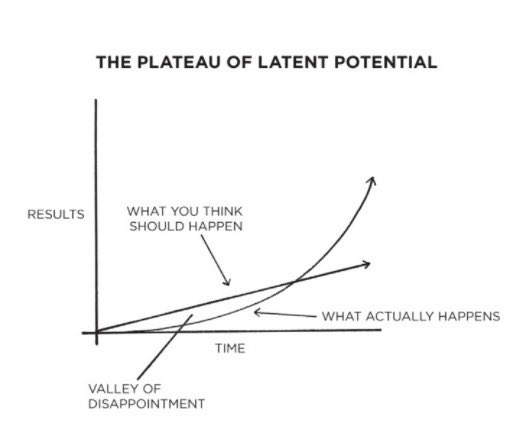
Lesson 3: Forget about the goal & focus on the system instead
Goals are the results you
The main problem with goal driven behavior is that it tends to ignore the process of getting there and just concentrates on getting the final outcome.
If you want 6 pack abs, concentrate on
Winners and losers have the same goals; every Olympian wants to win a gold medal so it can’t be the goal that actually differentiates people.
Lesson 4: Transition from outcome-based habits to identity-based habits
“There are three layers of behavior change:
1. a change in your outcomes 2. a change in your processes or 3. a change in your identity.”
“Outcomes are about what you get. Processes are about what you do. Identity is about what you believe.”
With outcome based habits, focus is on what you want to achieve.
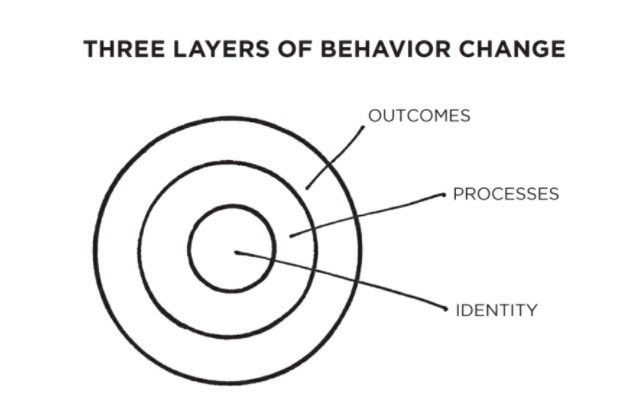
You may start a habit because of motivation, but the only reason you’ll stick with one is when it becomes part of your identity.
Ultimate form of intrinsic motivation is when a habit becomes part of our identity
When your behavior and identity are fully aligned, you are no longer pursuing behavior change. You are simply acting like the type of person you already believe yourself to be.
20. If you plan to run a marathon, you goal is not to run 26.2 miles but to become a runner, and being a runner is who you are, that’s your identity.
Every time you write a page, you are a writer.
Every time you start a workout, you are an athlete.
Becoming the best version of yourself requires you to start with the kind of person you want to become and
Lesson 5: How to build good habits & break bad habits:
The process of building a good habit can be divided into four steps:
1. Cue : Make it obvious
Cue triggers the brain to initiate an action, it is a bit of
2. Craving: Make it attractive
Craving is the motivational force behind every habit, without craving for a change - we have no reason to act
3. Response: Make it Easy
Response is the action or habit that we perform.
4. Reward: Make it satisfying
How to Break a Bad Habit:
Inversion of
. 1st Law (Cue): Make it Invisible.
· 2nd Law (Craving): Make it Unattractive.
· 3rd Law (Response): Make it Difficult.
· 4th Law (Reward): Make it Unsatisfying.
If you repeat this behaviour enough, watching Netflix or social media will become your natural response to boredom
All four steps are required to build any habit. Eliminate the cue and habit will never start.
- If you can’t focus on work, leave your phone in another room for a few hours
- If you are wasting too much time watching television, move the TV out of your bedroom
- If you are eating chocolate & other sweets food at home, don’t sweets at home.
This way you will make the cue invisible Without Cue, there will be no craving, and getting out of the home to buy chocolates makes it unattractive and mostly unsatisfying.
- If you want to go to the gym in the morning, prepare your clothes and shoes the night before and keep them next to your bed.
In order to create a new habit, we can take exercising, it’s better to go 3 times a week to the gym for a 10 minutes exercise than to go only once for a one hour exercise.
We will naturally gravitate toward the option that requires the least amount of work. Reduce the friction associated with good behaviors. When friction is low, habits are easy.
Lesson 7: How to Stop Procrastinating by Using the Two-Minute Rule
‘When you start a new habit, it should take less than two minutes to do.’
More from Books
You May Also Like
My top 10 tweets of the year
A thread 👇
https://t.co/xj4js6shhy
https://t.co/b81zoW6u1d
https://t.co/1147it02zs
https://t.co/A7XCU5fC2m
A thread 👇
https://t.co/xj4js6shhy
Entrepreneur\u2019s mind.
— James Clear (@JamesClear) August 22, 2020
Athlete\u2019s body.
Artist\u2019s soul.
https://t.co/b81zoW6u1d
When you choose who to follow on Twitter, you are choosing your future thoughts.
— James Clear (@JamesClear) October 3, 2020
https://t.co/1147it02zs
Working on a problem reduces the fear of it.
— James Clear (@JamesClear) August 30, 2020
It\u2019s hard to fear a problem when you are making progress on it\u2014even if progress is imperfect and slow.
Action relieves anxiety.
https://t.co/A7XCU5fC2m
We often avoid taking action because we think "I need to learn more," but the best way to learn is often by taking action.
— James Clear (@JamesClear) September 23, 2020
Stan Lee’s fictional superheroes lived in the real New York. Here’s where they lived, and why. https://t.co/oV1IGGN8R6
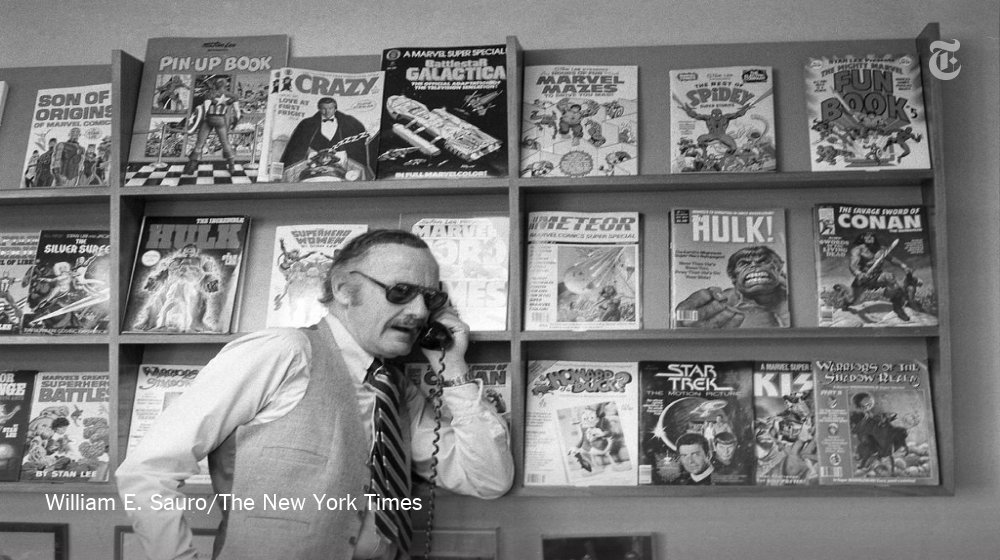
Stan Lee, who died Monday at 95, was born in Manhattan and graduated from DeWitt Clinton High School in the Bronx. His pulp-fiction heroes have come to define much of popular culture in the early 21st century.
Tying Marvel’s stable of pulp-fiction heroes to a real place — New York — served a counterbalance to the sometimes gravity-challenged action and the improbability of the stories. That was just what Stan Lee wanted. https://t.co/rDosqzpP8i
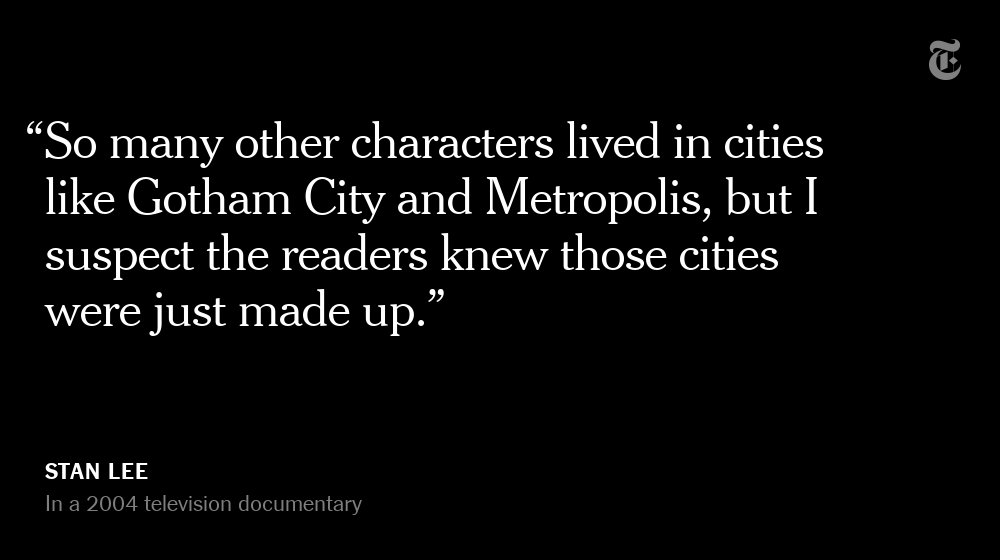
The New York universe hooked readers. And the artists drew what they were familiar with, which made the Marvel universe authentic-looking, down to the water towers atop many of the buildings. https://t.co/rDosqzpP8i

The Avengers Mansion was a Beaux-Arts palace. Fans know it as 890 Fifth Avenue. The Frick Collection, which now occupies the place, uses the address of the front door: 1 East 70th Street.

Stan Lee, who died Monday at 95, was born in Manhattan and graduated from DeWitt Clinton High School in the Bronx. His pulp-fiction heroes have come to define much of popular culture in the early 21st century.
Tying Marvel’s stable of pulp-fiction heroes to a real place — New York — served a counterbalance to the sometimes gravity-challenged action and the improbability of the stories. That was just what Stan Lee wanted. https://t.co/rDosqzpP8i

The New York universe hooked readers. And the artists drew what they were familiar with, which made the Marvel universe authentic-looking, down to the water towers atop many of the buildings. https://t.co/rDosqzpP8i

The Avengers Mansion was a Beaux-Arts palace. Fans know it as 890 Fifth Avenue. The Frick Collection, which now occupies the place, uses the address of the front door: 1 East 70th Street.














